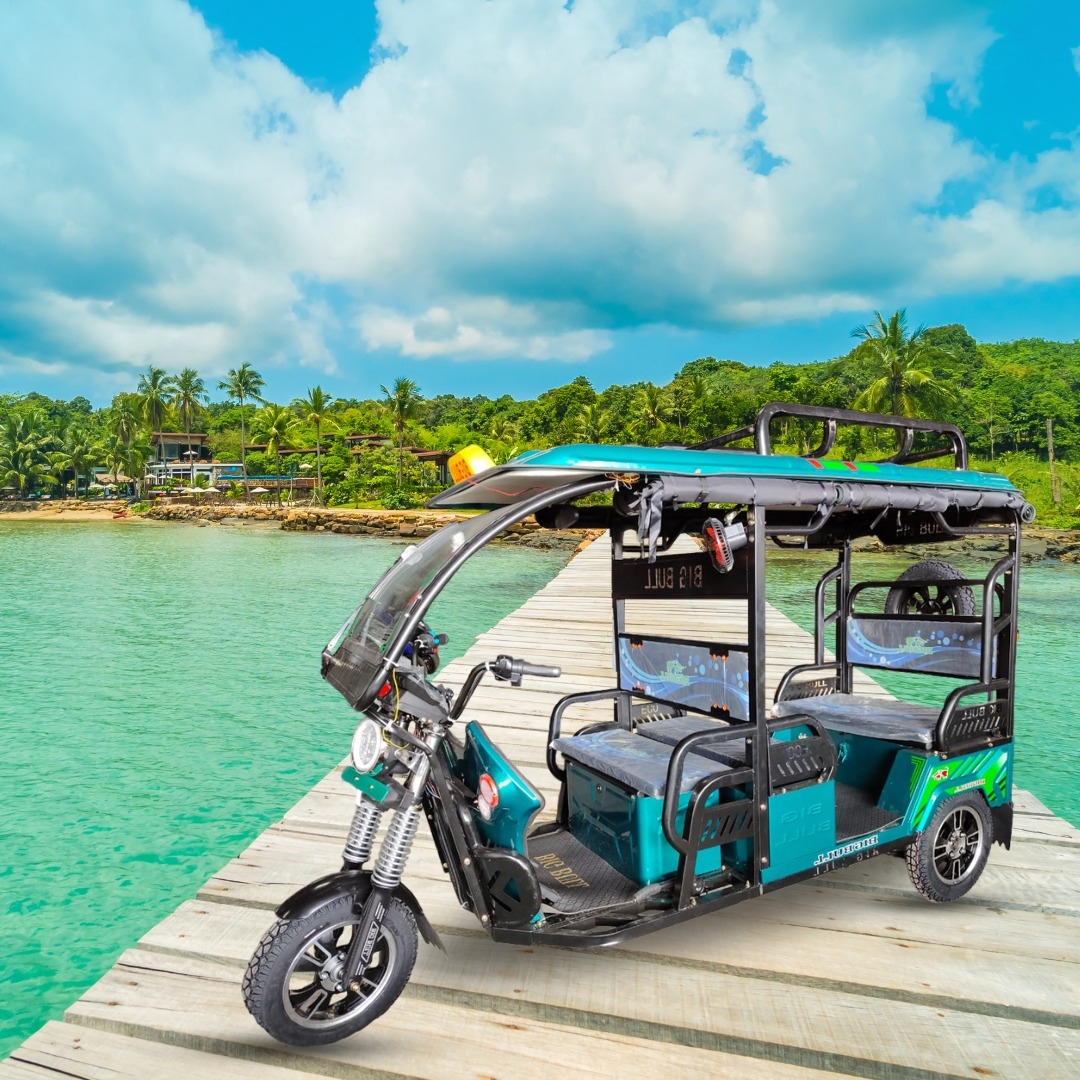IMARC Group’s “E-Rickshaw Manufacturing Plant Project Report 2025: Industry Trends, Plant Setup, Machinery, Raw Materials, Investment Opportunities, Cost and Revenue” report provides a comprehensive guide on how to successfully set up a e-rickshaw manufacturing plant. The report offers clarifications on various aspects, such as unit operations, raw material requirements, utility supply, infrastructural needs, machinery models, labour necessities, transportation timelines, packaging costs, etc.
In addition to the operational aspects, the report also provides in-depth insights into e-rickshaw manufacturing plant setup, project economics, encompassing vital aspects such as capital investments, project funding, operating expenses, income and expenditure projections, fixed and variable costs, direct and indirect expenses, expected ROI, net present value (NPV), profit and loss account, and thorough financial analysis, among other crucial metrics. With this comprehensive roadmap, entrepreneurs and stakeholders can make informed decisions and venture into a successful e-rickshaw manufacturing unit.
Request a Sample Report: https://www.imarcgroup.com/e-rickshaw-manufacturing-plant-project-report/requestsample
What is E-Rickshaw Manufacturing Plant?
An E-Rickshaw, or electric rickshaw, is a battery-powered three-wheeled vehicle primarily used for short-distance public transportation. Designed as an eco-friendly alternative to traditional auto-rickshaws that run on fossil fuels, E-Rickshaws are equipped with an electric motor and rechargeable batteries. They typically carry between four to six passengers and are known for their low operating costs, minimal maintenance, and zero tailpipe emissions. These vehicles are especially popular in densely populated urban and semi-urban areas across Asia, where they help reduce traffic congestion and pollution. Their affordability and environmental benefits make them a sustainable choice for last-mile connectivity.
What is Driving the E-Rickshaw Manufacturing Market:
The E-Rickshaw market is being driven by a combination of environmental, economic, and regulatory factors. Increasing concerns over urban air pollution and greenhouse gas emissions have encouraged governments to promote electric mobility through incentives, subsidies, and favorable policies. Additionally, rising fuel prices and the lower operational costs of E-Rickshaws make them an economically attractive option for drivers and fleet operators. Technological advancements in battery efficiency and vehicle design are further enhancing performance and driving consumer adoption. Moreover, growing urbanization and demand for affordable, last-mile transportation solutions are boosting market penetration, particularly in countries like India, Bangladesh, and China. Supportive infrastructure development, such as dedicated charging stations, is also contributing to the expansion of the E-Rickshaw market across both rural and urban regions.
Key Aspects to Setup a E-Rickshaw Plant:
- Location to Setup Plant
- Market Research
- Plant Layout
- Construction and Infrastructure
- Equipment/Machinery Procurement
- Documentation and Licenses
- Cost Analysis
Requirements to Setup a Facility:
- Funds
- Machinery
- Lands
Types of Costs to Setup a Factory:
- Land, Location and Site Development Cost
- Plant Layout Cost
- Machinery Requirements and Costs
- Raw Material Requirements and Costs
- Packaging Requirements and Costs
- Transportation Requirements and Costs
- Utility Requirements and Costs
- Human Resource Requirements and Costs
Project Economics:
- Capital Investments
- Operating Costs
- Expenditure Projections
- Revenue Projections
- Taxation and Depreciation
- Profit Projections
- Financial Analysis
Key Questions Answered in the Report:
- How has the e-rickshaw market performed so far and how will it perform in the coming years?
- What is the market segmentation of the global e-rickshaw market?
- What is the regional breakup of the global e-rickshaw market?
- What are the price trends of various feedstocks in the e-rickshaw industry?
- What is the structure of the e-rickshaw industry and who are the key players?
- What are the various unit operations involved in a e-rickshaw manufacturing plant?
- What is the total size of land required for setting up a e-rickshaw manufacturing plant?
- What is the layout of a e-rickshaw manufacturing plant?
- What are the machinery requirements for setting up a e-rickshaw manufacturing plant?
- What are the raw material requirements for setting up a e-rickshaw manufacturing plant?
- And more…
How IMARC Can Help?
IMARC Group is a global management consulting firm that helps the world’s most ambitious changemakers to create a lasting impact. The company provide a comprehensive suite of market entry and expansion services. IMARC offerings include thorough market assessment, feasibility studies, company incorporation assistance, factory setup support, regulatory approvals and licensing navigation, branding, marketing and sales strategies, competitive landscape and benchmarking analyses, pricing and cost research, and procurement research.
Services:
- Plant Setup
- Factoring Auditing
- Regulatory Approvals, and Licensing
- Company Incorporation
- Incubation Services
- Recruitment Services
- Marketing and Sales
Contact Us:
IMARC Group
134 N 4th St. Brooklyn, NY 11249, USA
Email: sales@imarcgroup.com
Tel No:(D) +91 120 433 0800
United States: +1-631-791-1145

